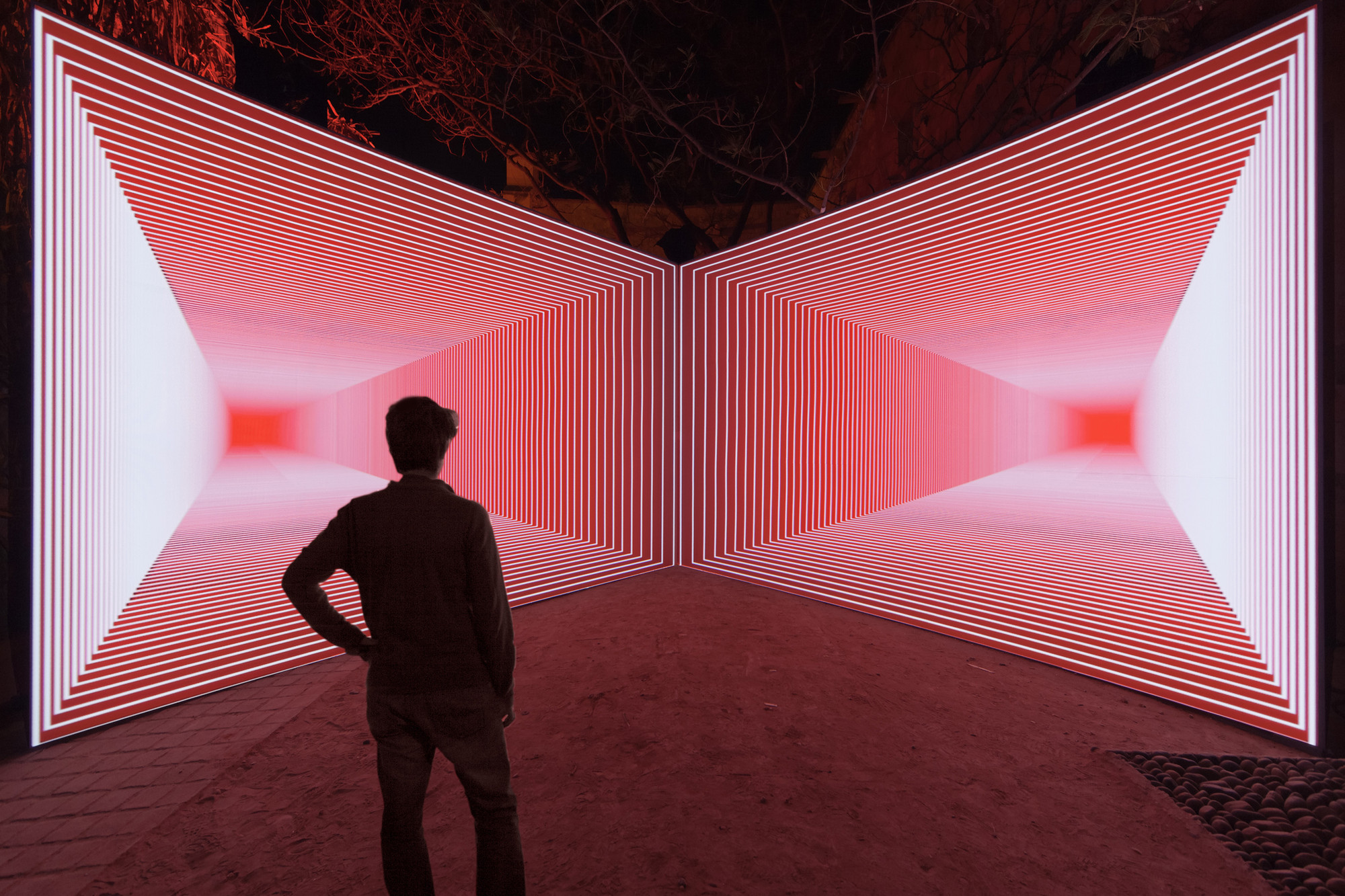
Contemporary Art: Exploring the Key Trends and Influences Shaping the Art World Today
Contemporary art, a term that encompasses a vast and ever-evolving landscape of visual expressions, stands as a testament to the boundless creativity of artists living today. This dynamic and diverse art form explores the intersection of traditional techniques, innovative concepts, and the rapidly changing world around us. In this exploration of contemporary art, we will delve into its fundamental understanding, the notable artists who shape it, its evolution through time, key trends that define it, various movements within it, its relationship with art history, the platforms for its display, and the profound impact it has on the broader art world.
Understanding Contemporary Art
Contemporary art, strictly speaking, refers to the art produced in the present day. It is a reflection of our current cultural identity and the ever-evolving world that surrounds us. The term “contemporary art” is often used interchangeably with “modern art,” but it’s important to note that they are not synonymous. While modern art encompasses the art produced from the late 19th century to around the 1970s, contemporary art is a continuously shifting and evolving art form that encompasses the art created from the 1970s to the present day. There is a good service wich can do my paper and help you with your essay.
One of the key characteristics of contemporary art is its openness to diverse forms and ideas. It doesn’t adhere to strict definitions or boundaries and allows artists to explore a wide range of artistic styles, mediums, and concepts. From traditional mediums like painting and sculpture to newer forms such as video art, installation art, and performance art, contemporary art embraces an array of possibilities.
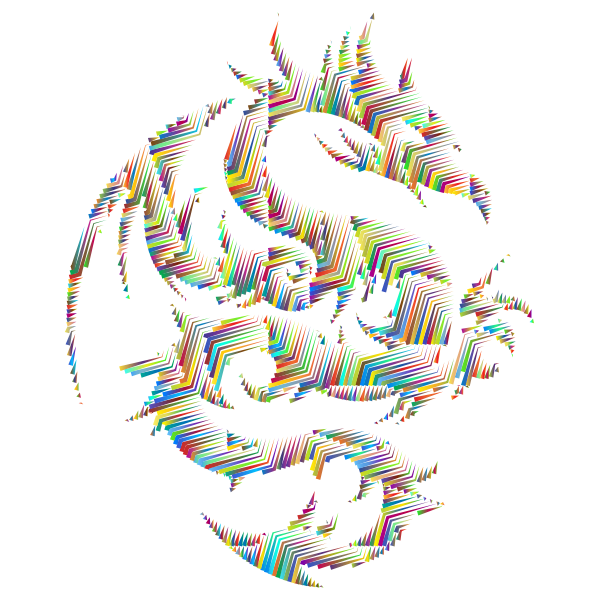
Key Trends in the Contemporary Art World
In the bustling world of academia, where deadlines loom and expectations soar, students often find themselves in a conundrum. This is where services like Paperwriter come into play, offering a lifeline to those struggling with their capstone projects. When you think, “I need to write my capstone paper by Paperwriter,” you’re not just seeking assistance; you’re embracing a partnership with experts who understand the intricacies of academic writing.
Contemporary art is constantly evolving, shaped by cultural shifts, technological advancements, and the innovative spirit of artists. Several key trends define the contemporary art world today:
Conceptual Art
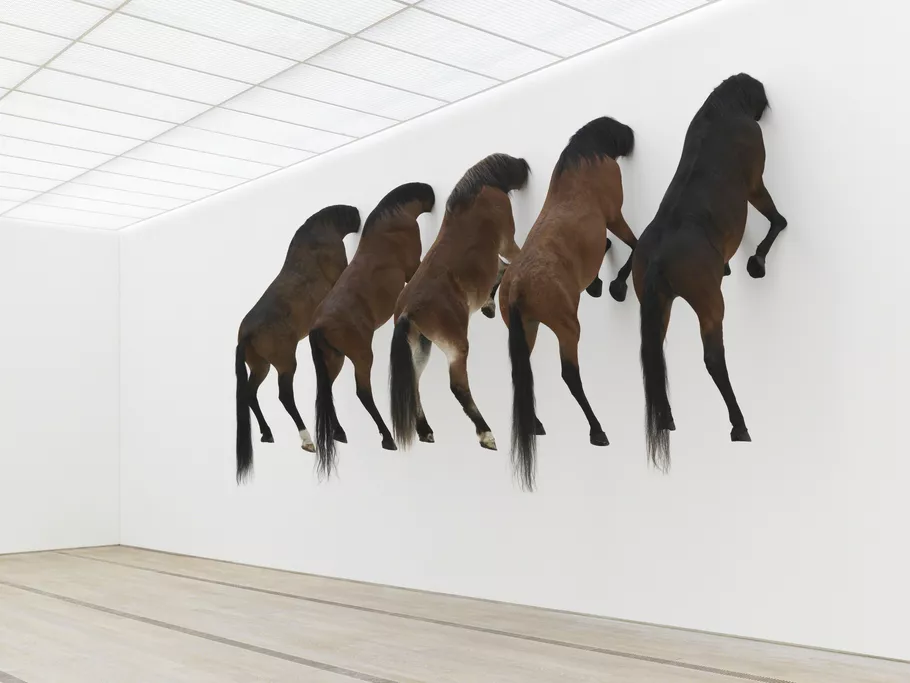
Conceptual art challenges the traditional emphasis on the visual aspect of art and instead prioritizes the idea or concept behind the work. Artists often use this approach to convey complex themes, inviting viewers to engage with the underlying concepts and ideas.
Pop Art

Pop art emerged in the 1950s and 1960s as a reaction to the consumer-driven culture of post-war America. Artists like Andy Warhol and Roy Lichtenstein incorporated elements of popular culture, advertising, and mass media into their work, blurring the lines between high and low art.
Video Art

Video art is a contemporary medium that utilizes video technology to create art. It often explores narrative, time-based, and interactive elements, providing a unique platform for artists to convey their ideas and perspectives.
Installation Art

Installation art immerses viewers in a multisensory experience. Artists transform spaces with carefully curated elements, encouraging active participation and engagement with the artwork.
Land Art
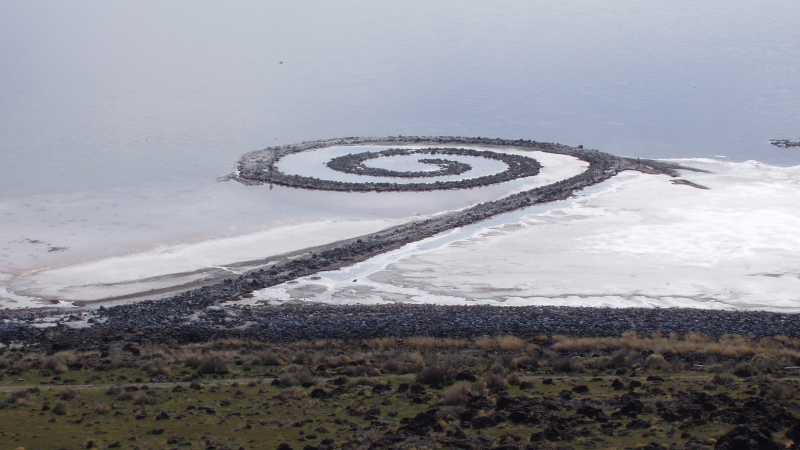
Land art, also known as Earth art, involves creating large-scale artworks in natural settings. This movement emphasizes the connection between art and the environment, often using natural materials and landscapes as both canvas and inspiration.
Performance Art
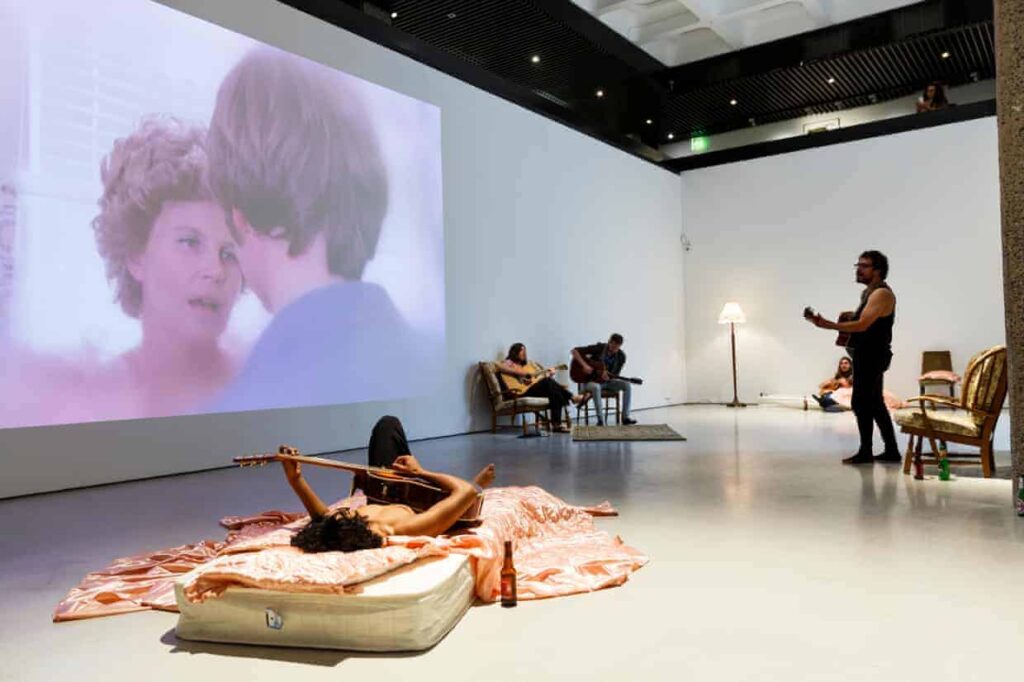
Performance art blurs the line between art and life, as artists use their bodies and actions as the medium. It often explores themes of identity, gender, politics, and social commentary.
Contemporary Artists
Many contemporary artists, both established and emerging, contribute to the rich tapestry of contemporary art. These artists draw inspiration from a wide array of sources, including their personal experiences, societal issues, and the ever-changing technological landscape. In a world that is increasingly interconnected, contemporary artists often address global themes and explore the concept of a shared human experience.
Some contemporary artists gain international recognition for their innovative work, pushing the boundaries of what constitutes art. These artists challenge traditional norms, redefining the art form itself. Whether it’s through the use of unconventional materials, bold political statements, or thought-provoking installations, they captivate audiences and spark conversations.
Like an example, with over two decades of experience in the fine art industry, Anthony Philip has cultivated a deep passion for fostering a profound connection between the public, emerging artists, and aspiring collectors. As an artist and collector himself, his unique perspective enriches his role as the Director of Anthony Philip Fine Art.
An online tool essayhub.com that do my homework is designed to assist students in essay composition. It offers educational support, expert guidance, and detailed critiques, focusing on strengthening their writing abilities and subject knowledge. This service is essential for academic growth and grade improvement.

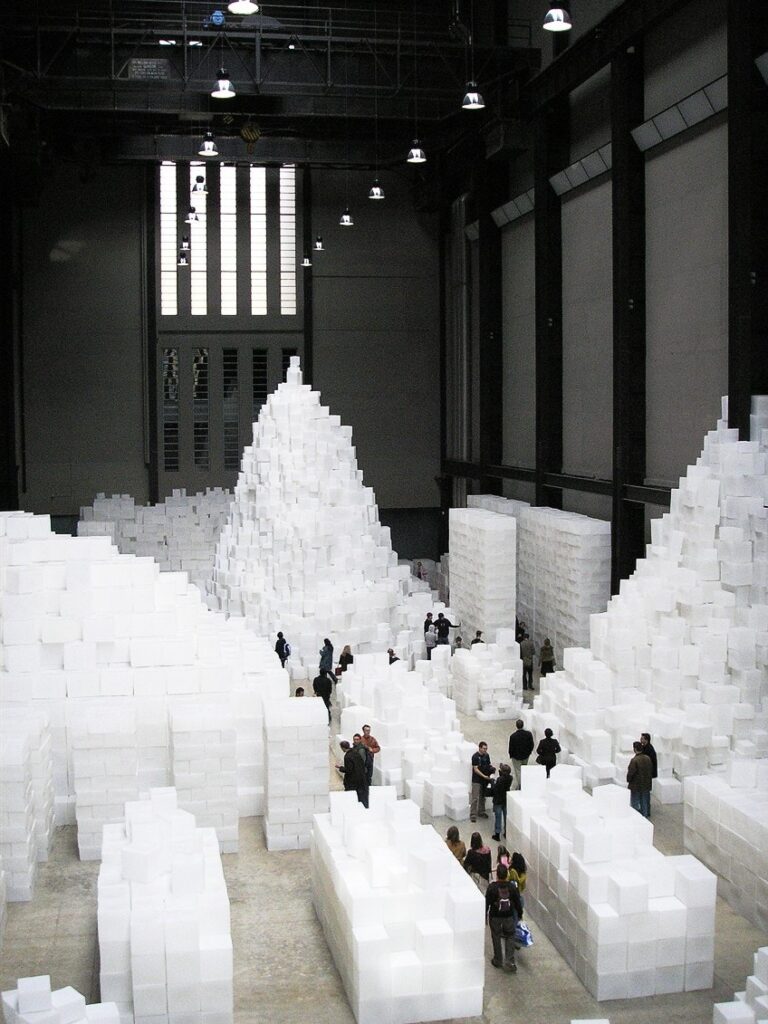
The Evolution of Contemporary Art
To understand contemporary art fully, it’s essential to examine its evolution over time. The roots of contemporary art can be traced back to the mid-20th century, a period marked by significant global changes, including the aftermath of World War II. It was during this time that artists began to break away from the constraints of traditional artistic practices and explore new avenues of expression.
One of the pivotal movements that contributed to the rise of contemporary art was abstract expressionism. Artists like Jackson Pollock and Willem de Kooning embraced spontaneous and gestural forms of painting, emphasizing emotional expression over precise representation. This movement laid the groundwork for the exploration of individuality and personal expression that remains a hallmark of contemporary art.
Contemporary Art Movements
The world of contemporary art is not static; it’s continually evolving through various movements that reflect the changing zeitgeist. These movements provide insight into the diverse range of ideas and styles embraced by contemporary artists.

Modernism
While modernism historically refers to the art movements of the late 19th and early 20th centuries, it has had a lasting influence on contemporary art. The rejection of traditional forms and the embrace of abstraction and experimentation continue to shape contemporary art.
Postmodernism
Postmodernism challenges the notion of a single, objective truth and celebrates the diversity of perspectives. It often incorporates elements of past styles and eras, creating a sense of eclecticism and irony.


Neo-Expressionism
Neo-expressionism emerged in the late 20th century as a return to emotional and expressive forms of art. Artists in this movement often use bold, gestural brushstrokes and vibrant colors to convey raw emotions and inner turmoil.

Art History and Contemporary Art
Contemporary art is deeply rooted in art history, with many artists drawing inspiration from past movements, styles, and ideas. This connection to art history is a testament to the enduring influence of the past on the present.
Artists living today have the unique opportunity to explore and reinterpret art forms from different time periods. They may blend elements of classical sculpture with modern technology or incorporate historical references into their work to create a dialogue between the past and the present.
Contemporary Art Galleries and Exhibitions
Contemporary art finds its home in a diverse array of venues, from traditional museums to private galleries and even outdoor spaces. Galleries and exhibitions play a crucial role in showcasing the work of contemporary artists, providing a platform for them to connect with audiences and collectors.
Private galleries often serve as a launching pad for emerging artists, offering them the opportunity to introduce their work to a wider audience. These galleries frequently curate exhibitions that explore specific themes, styles, or artists, allowing visitors to engage with contemporary art in a focused context.
Museums, on the other hand, have the resources to mount large-scale exhibitions that span multiple artists and themes. They often house extensive collections of contemporary art, preserving it for future generations and contributing to the ongoing dialogue about the art of our time.
The Impact of Contemporary Art on the Art World
Contemporary art has had a profound impact on the broader art world, influencing the way we perceive and engage with visual art. It challenges conventions, expands the boundaries of what constitutes art, and invites viewers to approach art with an open mind.
Contemporary art has also fostered a sense of global interconnectedness among artists, curators, and collectors. In a world where ideas and inspirations can be instantly shared across borders, contemporary artists have a platform to engage in a dialogue that transcends geographical boundaries.
Useful Resources
Balancing coursework and deadlines becomes easier with “do my research paper for me” services”. They provide expertly crafted materials that meet academic guidelines and enhance learning outcomes.